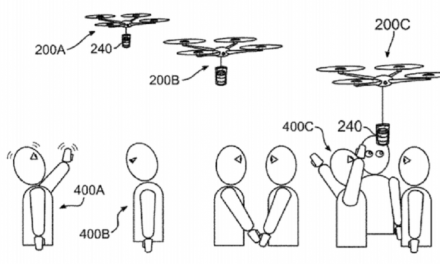
Pilot reports of close calls with drones soar in 2015, says FAA
The US Federal Aviation Administration has announced that pilot reports of unmanned aircraft have “increased dramatically” over the past year. In a statement issued last Wednesday (12 August), the FAA said there had been more than 650 sightings by 9 August this year, compared to a total of 238 sightings for the whole of 2014.
The FAA said that it wanted to send out a clear message that operating drones around airplanes and helicopters is dangerous and illegal.
“Unauthorized operators may be subject to stiff fines and criminal charges, including possible jail time,” warned the FAA.
The FAA statement continued: “Pilots of a variety of different types of aircraft – including many large, commercial air carriers – reported spotting 16 unmanned aircraft in June of 2014, and 36 the following month. This year, 138 pilots reported seeing drones at altitudes of up to 10,000 feet during the month of June, and another 137 in July.”
The FAA added that it has “levied civil penalties for a number of unauthorized flights in various parts of the country, and has dozens of open enforcement cases”.
Click here to view the full FAA statement.
Last month, the UK’s Civil Aviation Authority issued a statement urging drone users to be more aware of the rules and regulations surrounding the flying of their craft – following a number of near-misses with aircraft at Heathrow and other locations.
A few days after the CAA statement, Amazon floated a proposal which it believes could help to solve the problem of planes and drones coming into contact: a slice of airspace above the world’s major cities should be reserved for high-speed, high-tech drones.
Speaking at a NASA UTM Convention in California, Gur Kimchi, who heads up the Amazon Prime Air programme, argued that low-speed, radio-controlled drones with no internet connection should be confined to flying no more than 200ft above ground. In the space between 200ft and 400ft, Kimchi would like to see a fast lane for drones that are capable of flying at speeds of 60 knots and are equipped with sophisticated communications and sensors (so they can take evasive action and avoid collisions). This is the space in which Amazon would like to see parcel delivery drones operating.
Above the fast drone superhighway, Kimchi proposed that there should a 100ft no-fly zone, creating a vital buffer between the drones and conventional aircraft such as passenger and cargo planes flying at 500ft and above.












